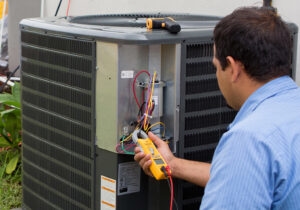Understanding the costs involved in AC installation can be complex, but it’s essential for making an informed decision. Here’s an in-depth breakdown of the factors influencing AC installation estimates:
- Unit Size: Larger homes require units with higher cooling capacities, increasing costs.
- SEER Rating: Units with higher SEER (Seasonal Energy Efficiency Ratio) are pricier but reduce long-term energy costs.
- Brand: Premium brands command higher prices for their perceived durability and performance.
- Labor: Skilled technicians charge more, but proper AC installation ensures efficiency and longevity.
- Ductwork: Existing ductwork condition can affect installation costs; replacements or repairs add to expenses.
- Site Preparation: Any required modifications to accommodate the new system can vary widely in cost.
- By understanding these factors, you’ll be better equipped to assess AC installation estimates and choose the option that best suits your needs and budget. Remember, the cheapest estimate may not offer the best value, as AC installation quality can significantly impact your unit’s performance and lifespan.
- Permits: Certain areas require permits for AC installation, affecting the overall estimate.
- Unit Type: Central systems, hybrids, or ductless mini-splits – each come with different price tags.
- Location: Regional climates influence the type of system needed, impacting costs.
- Supply Lines: Upgrading electrical lines or refrigerant lines can add to initial AC installation charges.
- Disposal: Safely disposing of the old system can be an additional cost factor.
- Insulation: Proper insulation reduces workload on the unit, possibly necessitating an upfront investment.
- After-sales: Warranties or service contracts for future maintenance will affect initial estimates.
- Season: Off-season AC installation might provide cost benefits due to lower demand.
- Extras: Features like smart thermostats or air purifiers increase costs but offer enhanced comfort and efficiency.

